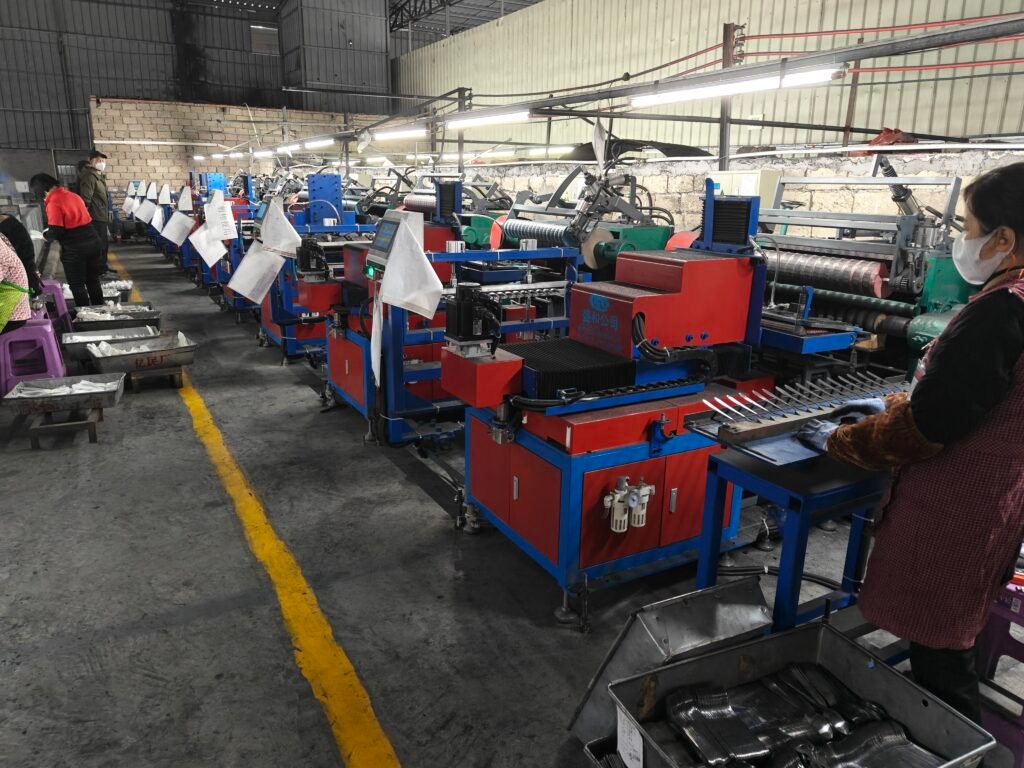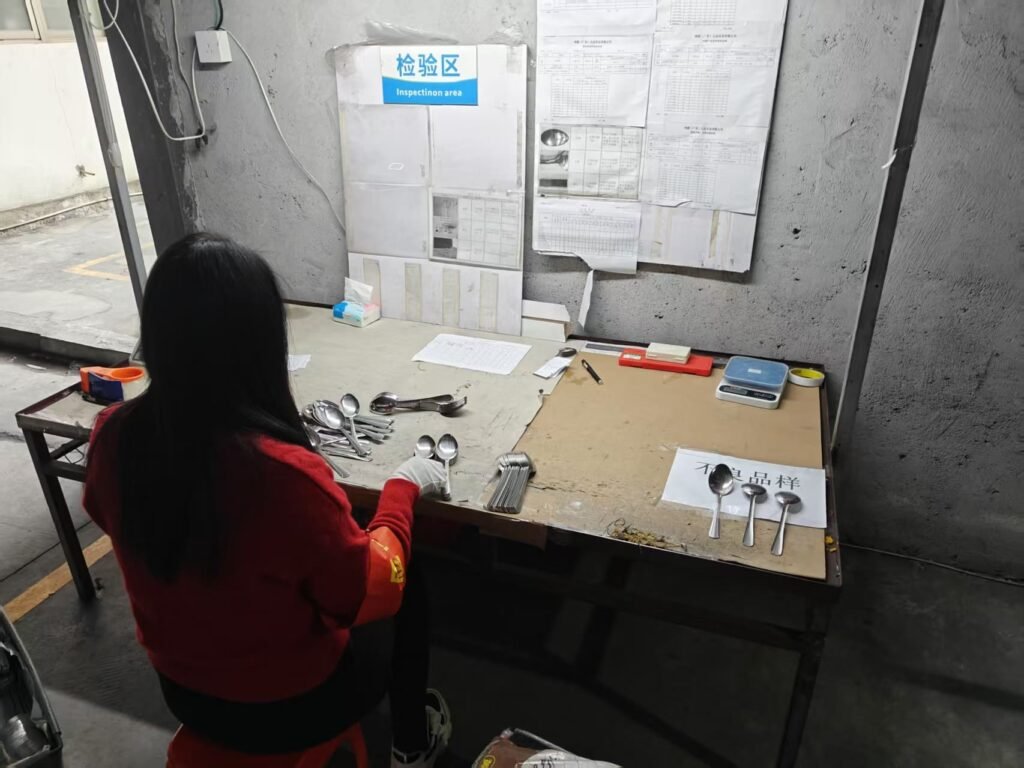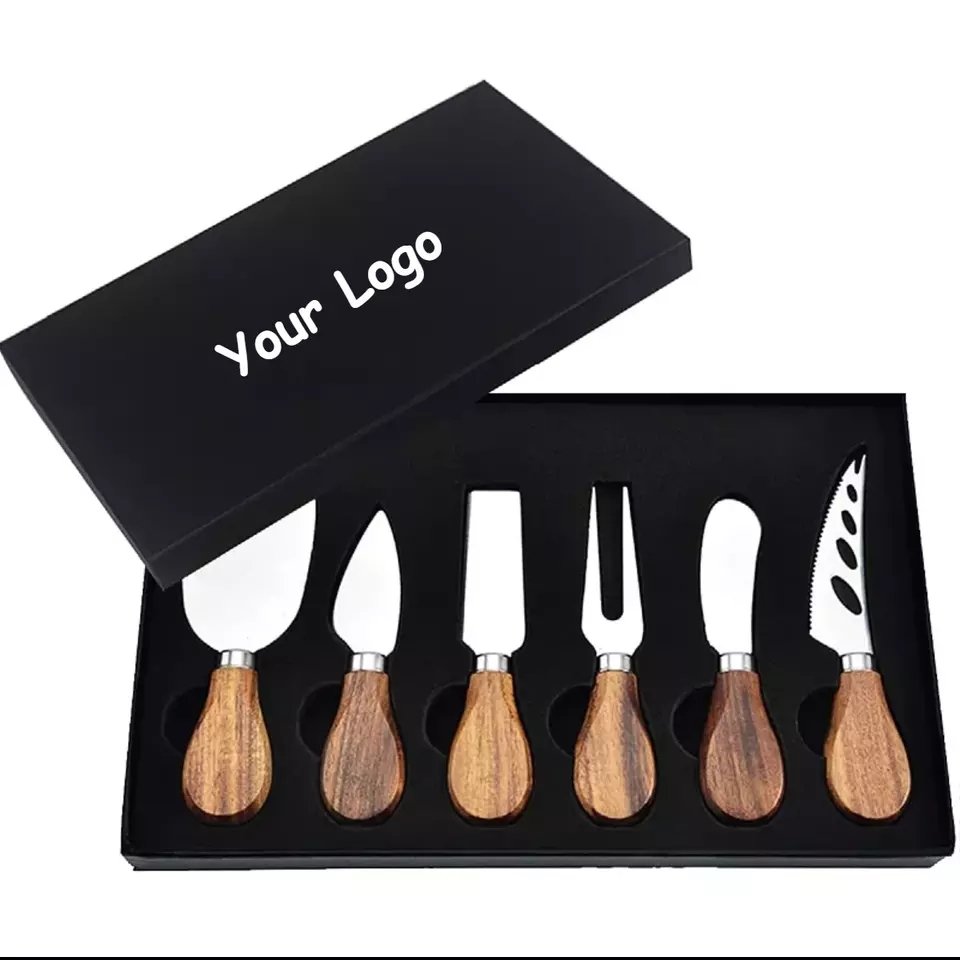Choosing the wrong outdoor cutlery supplier can lead to delayed shipments, quality issues, and customer complaints. The stakes are high—especially for businesses targeting premium markets.
To find a reliable outdoor cutlery supplier, focus on their production capabilities, certifications, communication transparency, and track record with B2B clients.
When one of our previous Amazon clients suddenly stopped ordering despite earlier success, I realized the importance of developing a long-term, multi-channel plan for promoting our outdoor cutlery. If you’re also dealing with a stockpile of premium cutlery, this article will help you select trustworthy suppliers who can keep your operations smooth and your customers satisfied.
Table of Contents
How to know if a supplier is reliable?
Many B2B buyers get burned by suppliers who don’t deliver as promised. It’s frustrating and costly.
To judge supplier reliability, look at business licenses, audit reports, past client testimonials, and response times. Don’t rely on price alone.
Signs of Reliability
| Criterion | What to Look For | Why It Matters |
|---|---|---|
| Certifications | LFGB, FDA, BSCI | Proves compliance and social responsibility |
| Communication | Fast, clear, professional | Prevents misunderstanding |
| Previous Clients | Known brands, repeat orders | Indicates satisfaction and consistency |
| Factory Visit Option | On-site inspection possible | Ensures transparency |

Red Flags
| Behavior | Potential Issue |
| Vague responses | May hide production problems |
| No verifiable address | Could be a scam |
| Avoids sample or contract | Likely to cut corners |
Ask for real case studies and shipping records from their previous B2B clients. Real data beats a flashy website any day. In my own work, I’ve learned that certifications and audit reports build real trust, especially when you’re working with clients from the EU or North America who have strict quality standards.
How to select the right supplier for your business?
It’s tempting to go with the cheapest quote, but that decision can cost you more in the long run.
Choosing the right supplier means aligning your business needs with their strengths—capabilities, pricing, timelines, and flexibility.
Matchmaking Your Business with the Right Supplier
Key Questions to Ask
| Question | Purpose |
| Can they handle my order size? | Ensures capability without delay |
| Do they offer customization? | Important for brand differentiation |
| What’s their MOQ? | Impacts your cash flow |
| What’s their production lead time? | Prevents delays during peak season |
Think of supplier selection like hiring a partner. They should understand your business model. When we work with branding clients like Karaca from Turkey, we assess if our R&D and mold design capabilities can help her cut time to market. That’s our value—not just producing spoons.

What is the most reliable way to find an appropriate supplier?
It’s a noisy world out there. You Google a supplier, but can you really trust the results?
The most reliable way is still through a mix of trade shows, verified B2B platforms, and referrals from other businesses.
Where to Source Outdoor Cutlery Suppliers That Won’t Fail You
Reliable Channels vs. Risky Channels
| Channel | Reliability | Notes |
| Trade Shows | High | Face-to-face credibility |
| Alibaba Verified | Medium-High | Check audit reports |
| Google Search | Medium | Requires deep vetting |
| Social Media | Low | Often unverified claims |
| Referrals | Very High | Trusted and based on experience |
Trade shows are still the gold standard for B2B sourcing. That’s where we meet most of our best clients. Platforms like Alibaba work, but you must dig into supplier history and client feedback. No matter the method, always ask for certificates, on-site factory videos, and test orders.
How to find the best suppliers for your business?
You’ve got a list of potential suppliers. Now what?
To find the best ones, you need to filter them based on your own business needs, not just industry reputation.
Filtering the Best from the Rest
Create a Supplier Scorecard
| Metric | Weight | Supplier A | Supplier B | Supplier C |
| Quality Consistency | 30% | 8 | 9 | 7 |
| Pricing Flexibility | 20% | 7 | 6 | 9 |
| Communication | 20% | 9 | 8 | 6 |
| Lead Time | 15% | 7 | 9 | 8 |
| Certifications | 15% | Yes | Yes | No |
This matrix has helped me personally avoid many headaches. For example, a supplier may quote cheap prices but have terrible response times. That’s a red flag for urgent orders. Rank your suppliers based on what matters most to your business goals.

How do you calculate supplier reliability?
Many businesses rely on gut feeling. That’s not good enough.
You calculate supplier reliability using performance metrics like on-time delivery rate, defect rate, and complaint resolution speed.
Quantifying Trust with Metrics
Key Reliability KPIs
| KPI | Target (%) | Why It Matters |
| On-time delivery rate | >95% | Delays hurt sales |
| Defect rate | <1% | Low defects build brand trust |
| Complaint resolution time | <48 hrs | Fast response saves relationships |
Track performance over 3–6 months to calculate reliability. If a supplier scores above 95% consistently, you’ve likely found a keeper. We track this using a shared dashboard with some of our long-term clients. It’s data-driven trust.

Which are the 3 key factors in selecting a supplier?
So many factors—but what are the absolute must-haves?
The top 3 factors are quality consistency, delivery reliability, and communication transparency.
The 3 Pillars of Supplier Selection
Comparing Essentials
| Factor | What It Means | Why It’s Key |
| Quality Consistency | Meets agreed standards every time | Builds customer satisfaction |
| Delivery Reliability | Ships on time consistently | Avoids stockouts |
| Communication | Clear, fast, and professional | Prevents misalignment |
For example, I once worked with a supplier that had great products—but their email replies took three days. It killed the project. Reliability is more than machines and materials; it’s about people, too.
What are the 5 areas to be considered in choosing a supplier?
Want to make sure you’re not missing anything important?
The five areas are quality, pricing, delivery, service, and innovation capability.
The 5-Area Evaluation Framework
| Area | Key Questions | Importance |
| Quality | Do they meet international standards? | Critical for B2B compliance |
| Pricing | Is it competitive for your market position? | Impacts your profit margins |
| Delivery | Are lead times acceptable and stable? | Affects customer satisfaction |
| Service | Are they responsive and helpful during problems? | Maintains long-term relationships |
| Innovation | Do they help you improve or differentiate your product? | Supports market competitiveness |
I’ve seen brands struggle just because they didn’t assess service or innovation. Your supplier isn’t just a factory—they should be your silent business partner.
What does a good supplier look like?
Not all suppliers are created equal.
A good supplier is reliable, flexible, transparent, and proactive in solving problems and adding value.
Defining the “Ideal” Supplier
Traits of an Excellent Supplier
| Trait | Description | Business Impact |
| Proactive | Suggests improvements and avoids problems early | Saves time and cost |
| Transparent | Shares production schedules and real data | Builds trust |
| Quality-Oriented | Invests in QC systems and staff | Ensures fewer returns and complaints |
| Adaptable | Adjusts to urgent orders or design changes | Helps you stay competitive |
From my experience, the best suppliers act like your internal team. They respond fast, think ahead, and give honest updates. That’s how we’ve built partnerships that last years—not months.





